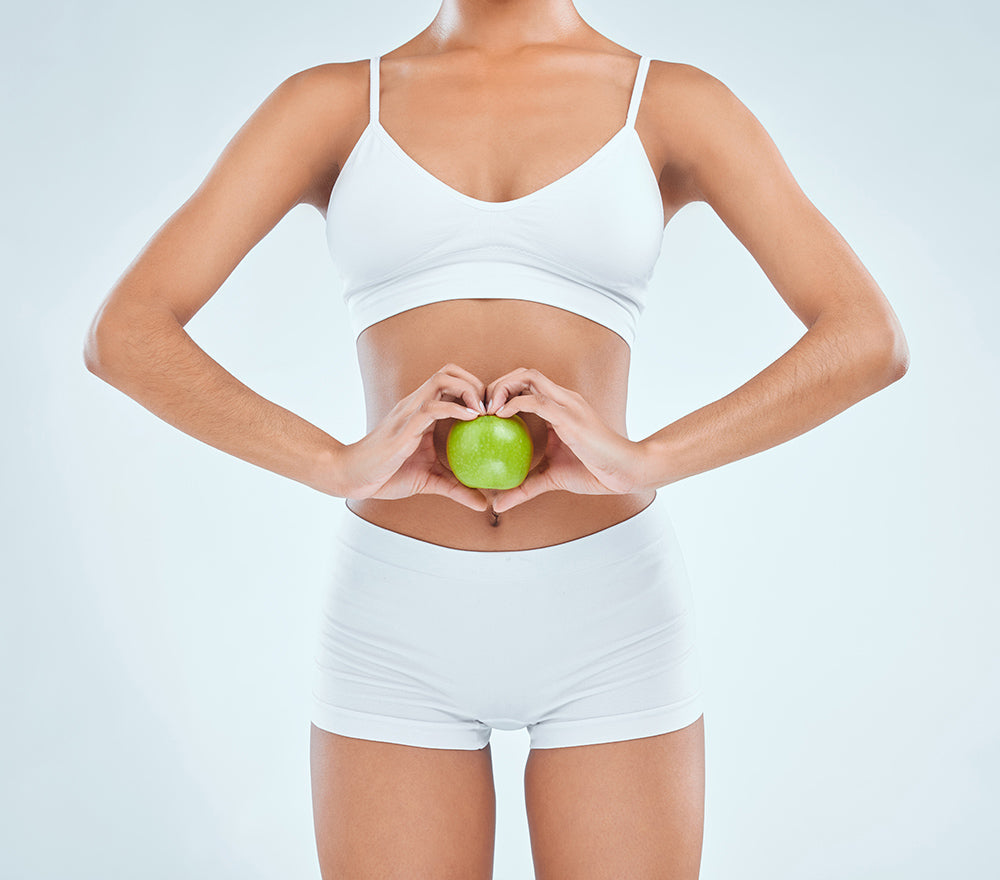Gut Health and Fitness: How Movement Supports Your Digestive Wellness
Your Gut Feels Every Step You Take
Ever notice how a walk after a big meal just feels right? That’s because movement isn’t just about burning calories—it plays a huge role in gut health, including digestion, gut bacteria, and overall wellness. Your gut isn’t just responsible for breaking down food; it’s a key player in immune function, energy levels, and even mood regulation. And the way you move? It either supports or stresses your gut.
How Exercise Impacts Your Gut
Moderate exercise helps your gut microbiome flourish, reduces stress (which can throw digestion off track), and keeps everything moving—literally. The key? Finding the right pace for your body and your gut health. Different types of exercise serve different purposes, and balancing them wisely can help you feel your best.
Gut-Loving Exercises to Try
Want to keep digestion smooth and your microbiome happy? Focus on movement that supports circulation, reduces stress, and engages your core—while keeping your body strong and resilient.
✅ Walking – Your gut loves a post-meal walk. It stimulates digestion and helps prevent bloating. Aim for 20-30 minutes after meals.
✅ Yoga – Poses like Child’s Pose, Seated Twist, and Bridge Pose gently massage your internal organs and support gut motility.
✅ Pilates – Strengthening your core with controlled movements like The Hundred or Rolling Like a Ball can enhance digestion and gut health while also improving posture and stability.
✅ Swimming – A low-impact way to reduce inflammation and support circulation—both critical for gut function.
✅ Tai Chi – This slow, intentional movement practice calms the nervous system, which is directly linked to digestion. Less stress = a happier gut.
Strength, Endurance & Gut Health
Building strength and cardiovascular endurance is just as important for overall wellness as stress-relieving movement. Weightlifting, HIIT, and running have incredible benefits for metabolic health, bone density, and cardiovascular fitness, but they can also temporarily shift blood flow away from digestion during intense sessions.
If you love these activities, support your gut by fueling properly, hydrating, and allowing adequate recovery time. Here’s how:
- Time it Right: Avoid intense workouts immediately after eating; allow 1-2 hours for digestion.
- Stay Hydrated: Proper hydration supports digestion and prevents bloating during exercise.
- Balance Your Routine: Pair high-intensity or strength training with lower-impact movement like yoga or walking for overall gut and body wellness.
- Listen to Your Body: If certain workouts cause discomfort, consider adjusting intensity or incorporating more recovery-based movement.
Move Smart, Feel Great
Your fitness routine should work with your gut, not against it. By incorporating gut-friendly movement, balancing intensity, and making small adjustments based on your body’s needs, you’ll not only feel better but also support digestion, reduce inflammation, and keep your microbiome thriving.
So, lace up your shoes, unroll your yoga mat, and move toward better gut health—one step at a time.
Have a Happy, Healthy Day!
-Lauren Ramsey, Founder, PaceWell
References:
- Clarke, S. F., Murphy, E. F., O’Sullivan, O., et al. (2014). Exercise and associated dietary extremes impact on gut microbial diversity. Gut, 63(12), 1913-1920.
- Blander, J. M., Longman, R. S., Iliev, I. D., et al. (2017). Regulation of inflammation by microbiota interactions with the host. Nature Immunology, 18(8), 851-860.
- Kuttner, L., & Delorme, M. (2013). Yoga as an intervention for digestive health: A review. International Journal of Yoga Therapy, 23(1), 31-37.
- Costa, R. J., Snipe, R. M., Kitic, C. M., & Gibson, P. R. (2017). Systematic review: Exercise-induced gastrointestinal syndrome—implications for health and intestinal disease. Alimentary Pharmacology & Therapeutics, 46(3), 246-265.
- Payne, P., & Crane-Godreau, M. A. (2013). Meditative movement for depression and anxiety. Frontiers in Psychiatry, 4, 71.





